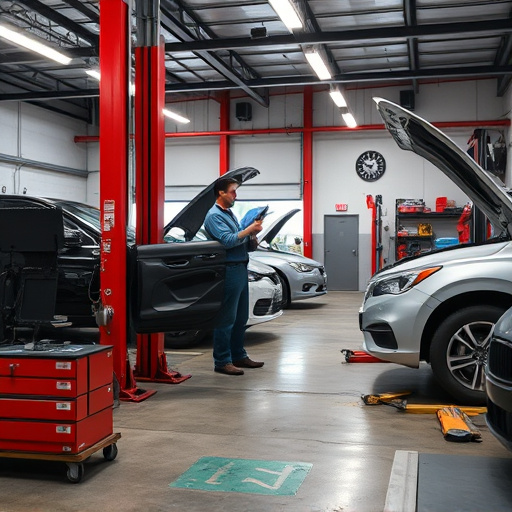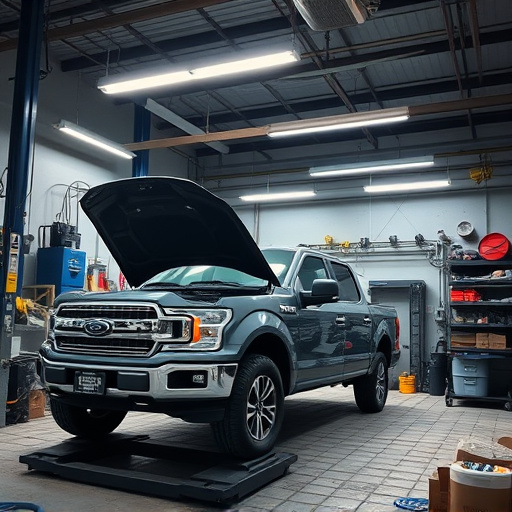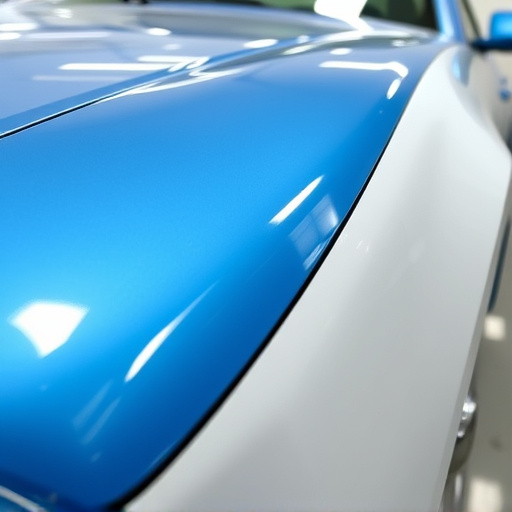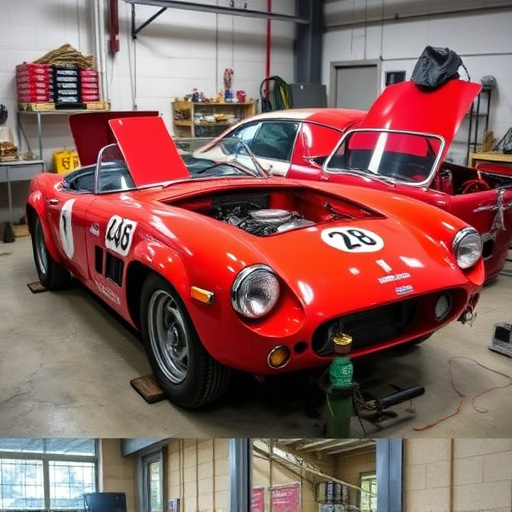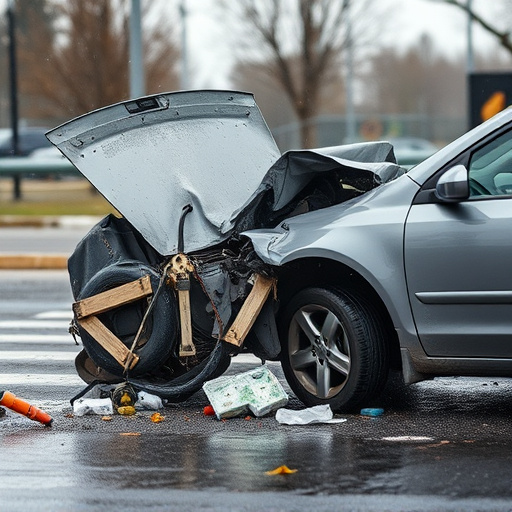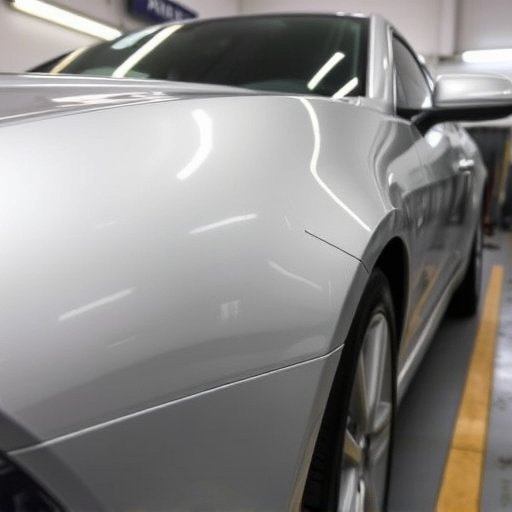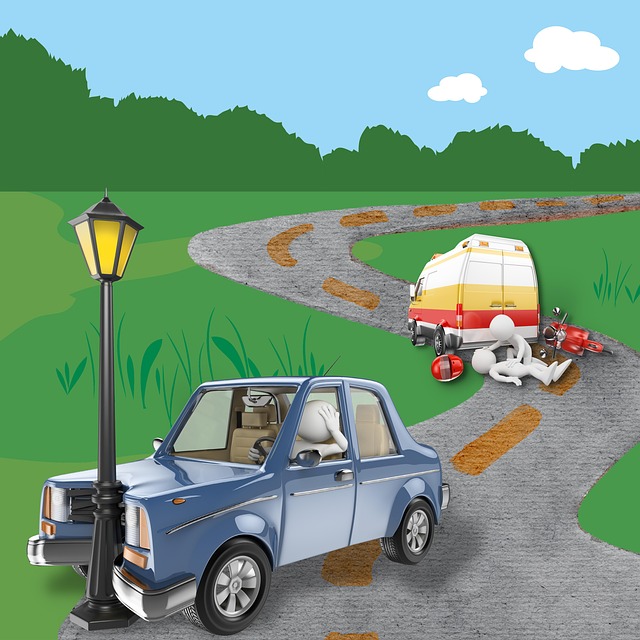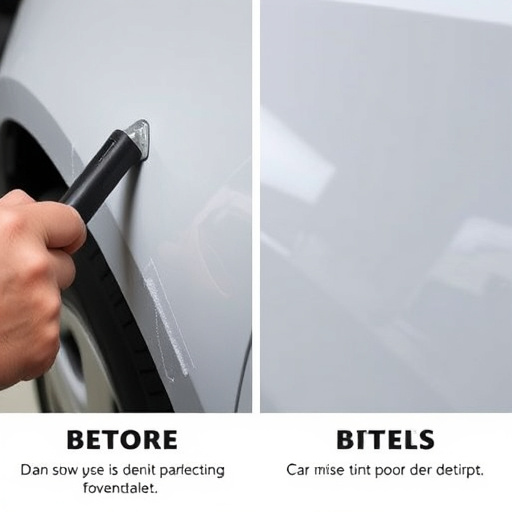Cosmetic damage, like scratches and dents, affects a property's appearance without harming its structure. For cars, collision repair shops specialize in fixing these issues, ensuring both visual appeal and safety through skilled technicians. In residential and commercial settings, structural damage repair addresses deeper problems like storm damage, plumbing leaks, and equipment accidents, requiring professional intervention for beams, walls, and foundations. While cosmetic repairs focus on superficial fixes like cracks, repainting, and window/door replacement.
In the realm of property upkeep, distinguishing between cosmetic and structural damage repair is paramount for effective and safe renovation. Cosmetic repairs, encompassing aesthetics like painting and surface treatments, target visible flaws in walls or structures. In contrast, structural damage repair addresses underlying issues such as cracks, leaks, and foundation problems, requiring specialized techniques like reinforcement and replacement. This article guides homeowners and businesses through these differences, offering practical insights on when to choose each approach for optimal results while considering safety, budget, and long-term maintenance.
- Understanding Cosmetic Damage: What It Entails and How to Address It
- – Definition of cosmetic damage
- – Common examples in residential and commercial properties
Understanding Cosmetic Damage: What It Entails and How to Address It
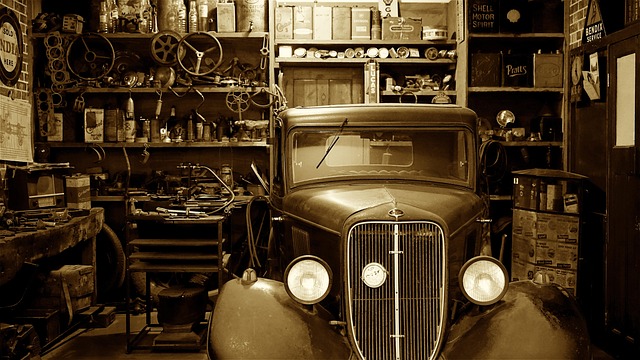
Cosmetic damage refers to non-structural issues that affect a property’s appearance but do not compromise its integrity. This can include scratches, dents, cracks, and other aesthetic imperfections in surfaces like paint, glass, or wood. Addressing cosmetic damage is crucial for maintaining the curb appeal of your space, whether it’s a home or a commercial building.
For those dealing with car bodywork services, collision repair shops often excel at rectifying such issues. They employ skilled technicians who can expertly fix dents, repaint scratches, and even replace damaged panels to restore the vehicle’s pre-incident appearance. Auto frame repair is another key aspect where professionals ensure the structural integrity of the vehicle while fixing cosmetic damage, ensuring safety and performance are not compromised alongside the car’s visual appeal.
– Definition of cosmetic damage
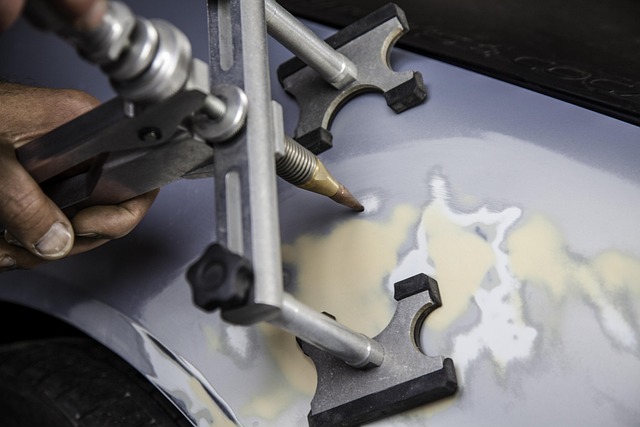
Cosmetic damage refers to the aesthetic imperfections or alterations on a vehicle’s surface that do not significantly affect its structural integrity. It encompasses various issues such as scratches, dents, dings, and minor paint defects. These types of damages are often visible to the naked eye but typically don’t compromise the safety or overall functionality of the vehicle. Unlike structural damage repair, which deals with more profound issues like frame cracks, misalignments, or compromised structural components, cosmetic repairs focus on enhancing the car’s appearance.
Common procedures include fender repair, dent removal, and minor paint jobs. While collision repair is a broader term that encompasses both cosmetic and structural repairs, it’s essential to differentiate between the two. Structural damage repair, for instance, might involve replacing entire panels or realigning frames after a significant accident, ensuring the vehicle meets safety standards. In contrast, cosmetic repairs are more about returning the car to its original state aesthetically without addressing underlying structural concerns.
– Common examples in residential and commercial properties
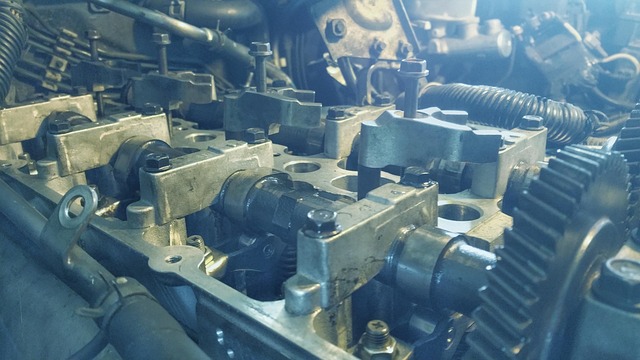
In residential settings, common examples of structural damage repair involve fixing damaged walls, roofs, and foundations caused by weather conditions like storms, hurricanes, or prolonged exposure to moisture. Leaks in plumbing systems, pest infestations leading to wooden structure deterioration, and settlement issues due to soil conditions are also frequent concerns that require professional intervention. Commercial properties face unique challenges, such as structural damage from heavy equipment, vehicle accidents, or construction site mishaps. For instance, a building’s facade might sustain damage from a nearby auto body shop or construction project, necessitating intricate repairs to preserve the structure’s integrity.
Beyond these examples, structural damage repair encompasses a wide range of issues, from reinforcing weak beams to replacing entire sections of walls or floors. In contrast, cosmetic damage repair focuses on aesthetics, such as fixing cracks in drywall, repainting, or replacing broken windows and doors—all of which are common tasks in both residential and commercial car body restoration projects, where repairing auto body damage is a specialized service offered by dedicated shops to restore vehicles to their pre-accident condition.
When it comes to repairing damage to homes or businesses, differentiating between cosmetic and structural issues is crucial. While cosmetic damage, such as scratched surfaces or minor paint peels, may not require extensive remediation, structural damage—including weakened walls, foundation cracks, or roof leaks—demands immediate attention from professionals specializing in structural repair. Investing in thorough inspections and tailored solutions ensures the long-term integrity of buildings, safeguarding both their aesthetic appeal and safety.

